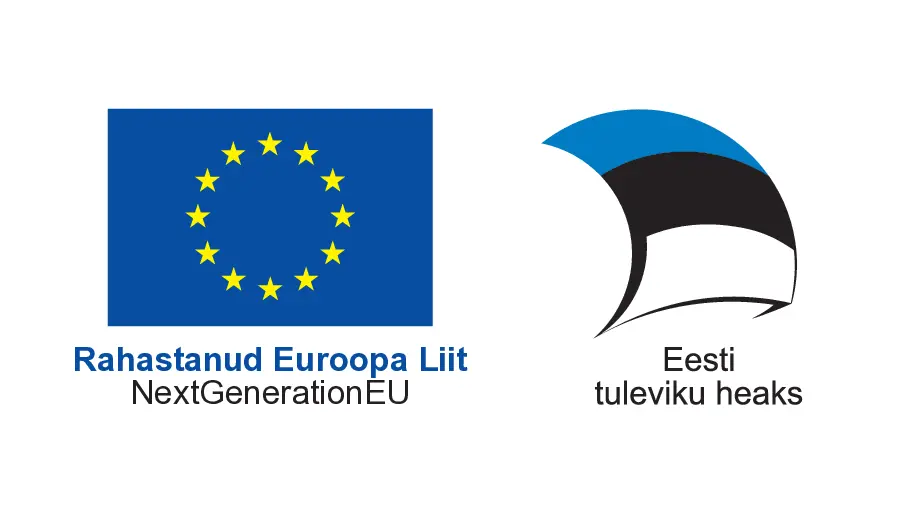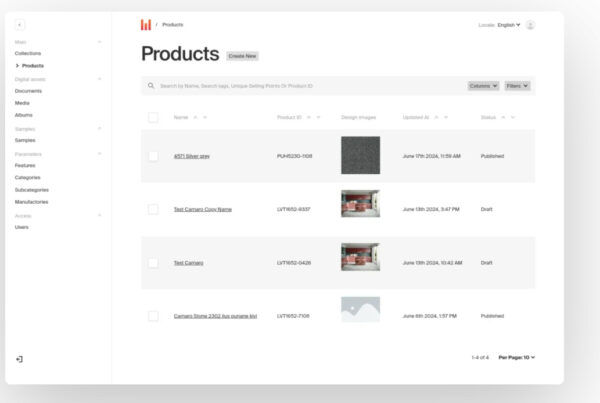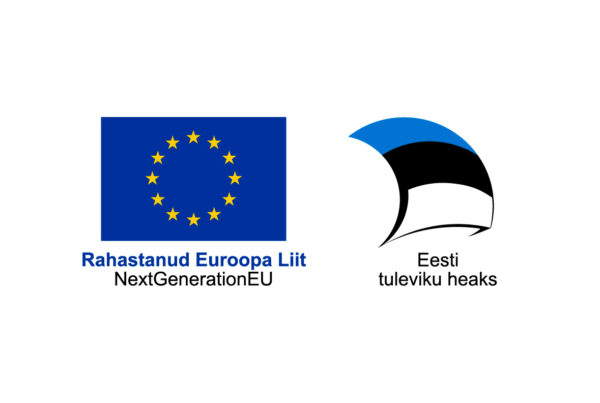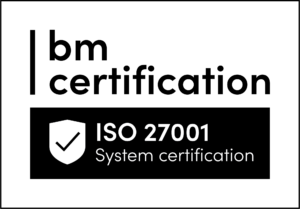What is PIM?
PIM is commonly referred to as the “source of truth,” but software developers recognize it as product information management. Regardless of the terminology used, it is crucial to understand that PIM system provides a comprehensive view of all aspects related to a product.
Historically, PIM has primarily been utilized in the realm of e-commerce. Marketing and sales teams frequently rely on PIM due to its ability to effectively manage and convey product information. The system’s effectiveness is evidenced by the positive impact on a company’s sales outcomes after its implementation. With the digitalization of the construction industry, PIM systems are becoming increasingly prevalent among suppliers of building materials, finishing products, and furnishings.
Thousands of emails a year or what problems does PIM system solve?
Did you know that more than 80% of the information that manufacturers and distributors share with their partners relates to the products they offer?
During our analysis with the Wenture team on behalf of a client, we examined the amount of data they exchange on a daily basis. We discovered that over the course of a year, the company had sent out thousands of emails, with the majority of the content containing product data and related information.
The findings regarding the disorderly nature of such exchanges were particularly noteworthy. Samples and color catalogues were sent in physical form, while more detailed information was scattered across emails, websites, Excel spreadsheets, and labels. Every other email had attachments, often with errors and outdated information. Consequently, employees made thousands of small errors, resulting in additional correspondence and sometimes the delivery of incorrect products.
One of the objectives of digitizing the company’s products was to reduce the volume of correspondence by at least ten times. This was expected to result in a reduction in errors and bug fixes.
What type of data can PIM organise and share?
To establish order from disorder, it is crucial to consolidate all relevant data. As an illustration, ETS NORD has implemented a centralized information management system that encompasses all noise attenuator data and associated parameters.
This approach is distinct from obsolete and fragmented product management, as the PIM system compiles all data in one location. Initially, the data must be gathered from various sources, then enhanced and disseminated to clients, associates, and promotional platforms. The interface enables the import of data from multiple sources, including databases, Excel spreadsheets, XML files, corporate software, and photo banks, among others. Therefore, data can be retrieved from various channels.
In addition to product names and descriptions, PIM system stores:
- photos and drawings,
- user manuals,
- certificates,
- product specifications,
- price lists,
- web catalogues, etc
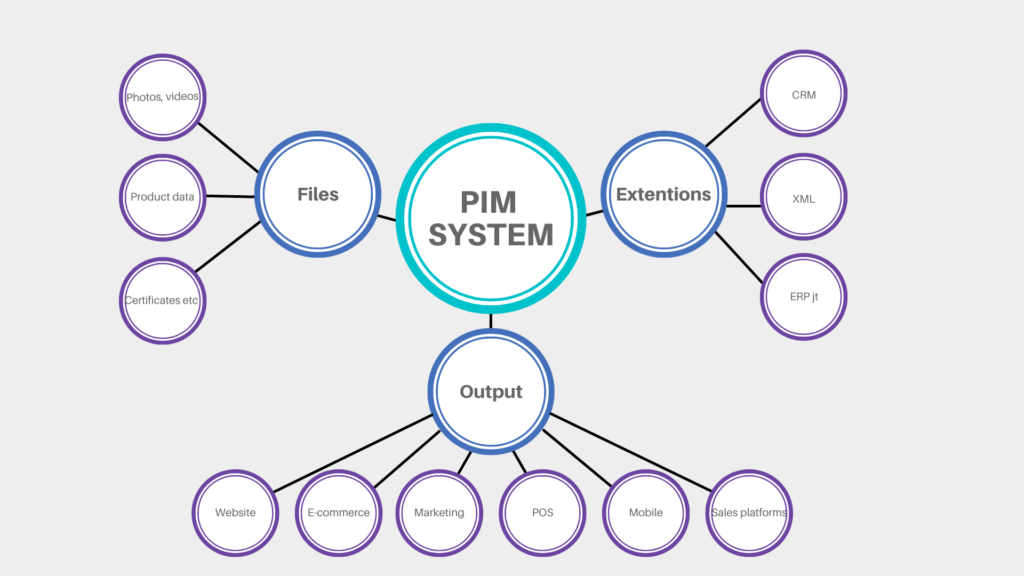 In the PIM system, the data enrichment process involves refining and enhancing the raw data that has been consolidated. This includes identifying and rectifying missing or outdated information, and synchronizing all the data. Subsequently, the data is tailored to suit the customer’s needs, such as through website, mobile app, advertisements, quotes, and other formats. ETS NORD, for instance, integrates the PIM system with other interfaces and software, including CRMs, CAD software, calculators, and so on.
In the PIM system, the data enrichment process involves refining and enhancing the raw data that has been consolidated. This includes identifying and rectifying missing or outdated information, and synchronizing all the data. Subsequently, the data is tailored to suit the customer’s needs, such as through website, mobile app, advertisements, quotes, and other formats. ETS NORD, for instance, integrates the PIM system with other interfaces and software, including CRMs, CAD software, calculators, and so on.
Why PIM system is necessary for sales and marketing people?
In the PIM system, the data enrichment process involves refining and enhancing the raw data that has been consolidated. This includes identifying and rectifying missing or outdated information, and synchronizing all the data. Subsequently, the data is tailored to suit the customer’s needs, such as through website, mobile app, advertisements, quotes, and other formats. ETS NORD, for instance, integrates the PIM system with other interfaces and software, including CRMs, CAD software, calculators, and so on.
- Complete overview – The entire product portfolio and its related data are more detailed and up-to-date. PIM is a convenient tool throughout the product lifecycle.
- Faster time to market – Searching for product data requires significantly less time and effort. Faster query responses increase customer satisfaction.
- Fewer errors – Employees can confidently rely on centralized and correct, complete, and synchronized data. The ability to change product data in one place eliminates the need for paper trails of outdated information.
- Increases collaboration – A centralized platform provides all stakeholders with access to necessary data for their tasks.
- Eliminate duplication of work – No need to search for product information on different platforms, less time spent on error correction.
- Better customer experience – PIM systems result in better product data and a more positive customer experience. Improving these factors can also lead to fewer complaints and lower costs.
Incorporating PIM into the digitalization process of the construction industry is essential. A contemporary and productive organization employs a centralized data management framework, which results in rapid returns on initial investments. The adoption of a PIM system will enhance the number of orders, ensure customer satisfaction, and enable sales staff to devote more time to securing new clients.
Why fall behind when you can surge ahead? Get in touch with us to discuss how to optimize digitalization in your business.
